Aphids in Autumn? A Beginner’s Guide to Cool-Weather Pests on Your Balcony and Indoor Plants
Autumn brings cooler temperatures, colorful leaves, and a shift in gardening routines. You might think pest season ends with summer, but many garden pests, especially aphids, thrive in the mild conditions of fall or seek refuge on your plants as you transition them indoors. For those of us with limited outdoor space, like a balcony or small patio, or a beloved collection of houseplants, understanding and managing these cool-weather intruders is crucial for plant health. This guide provides you with practical, actionable strategies to identify, prevent, and treat common pests that target your balcony and indoor plants during autumn, ensuring your green friends remain vibrant and pest-free.
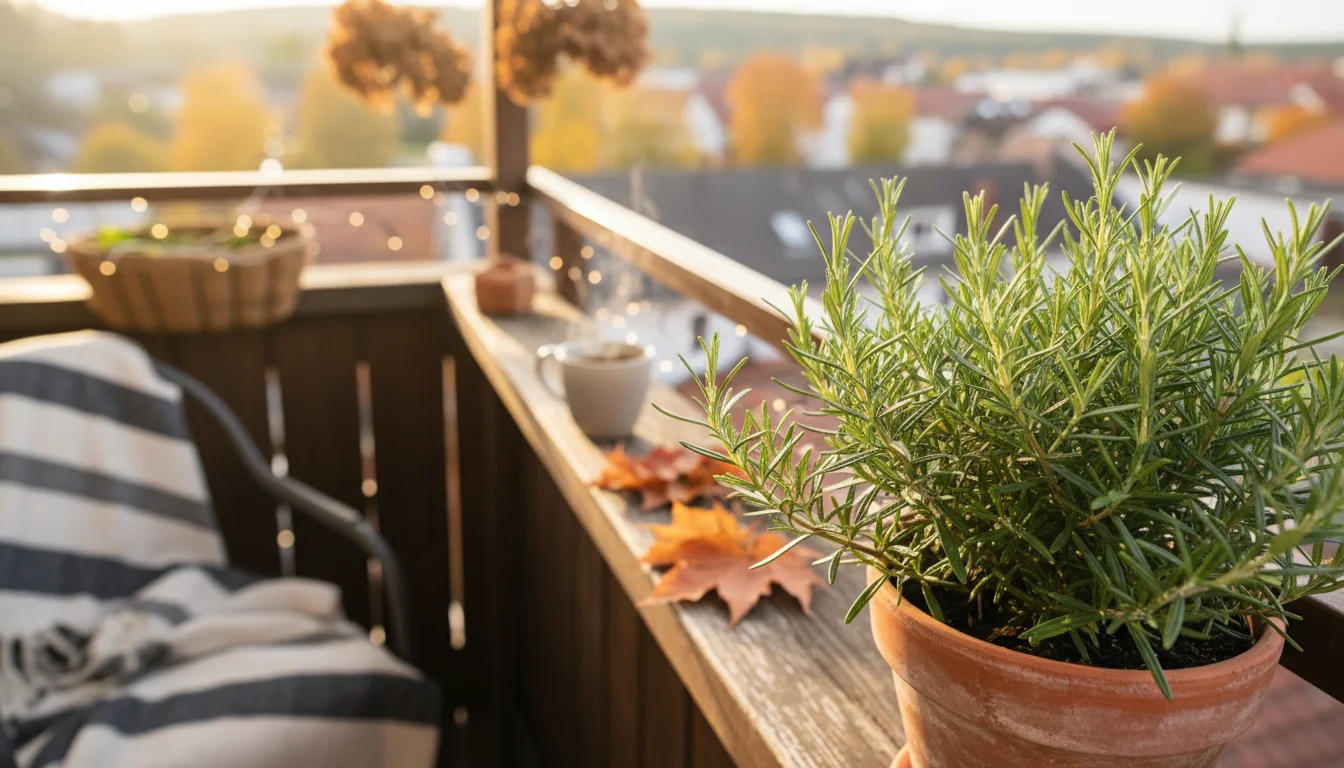
Understanding Autumn Pests: Why They Appear Now
You might wonder why pests remain a concern in fall, particularly when summer’s heat has passed. Several factors contribute to the prevalence of fall garden pests and indoor plant pests as the seasons change.
As temperatures drop outdoors, many insects begin their search for shelter, and your cozy home or protected balcony plants become attractive havens. Plants that spent the summer outdoors, whether on a balcony or patio, often carry hitchhiking pests. When you move these plants inside for the winter, you inadvertently bring the pests with them. The stable, often dry, indoor environment then becomes an ideal breeding ground for these pests, which no longer face outdoor predators or harsh weather fluctuations.
Aphids, for example, reproduce rapidly through a process called parthenogenesis, meaning females can produce offspring without mating. This allows populations to explode quickly indoors, where conditions are consistently favorable. Spider mites, another common cool-weather pest, thrive in the dry air often found in heated homes, quickly building large colonies that damage plants. Mealybugs also find the steady warmth and humidity of indoor spaces conducive to their life cycle.
The shift in plant health also plays a role. Plants experience stress during the transition from outdoor to indoor environments due to changes in light, temperature, and humidity. Stressed plants are often more susceptible to pest infestations, as their natural defenses weaken. Your vigilance during this transitional period directly impacts the health and longevity of your plants throughout the cooler months. Taking proactive steps prevents a small problem from becoming a full-blown infestation.

Identifying the Culprits: Common Cool-Weather Pests
Effective pest control starts with accurate identification. Different pests require slightly different treatment approaches, so knowing your enemy saves you time and effort. Here are the most common cool-weather pests you might encounter on your balcony and indoor plants:
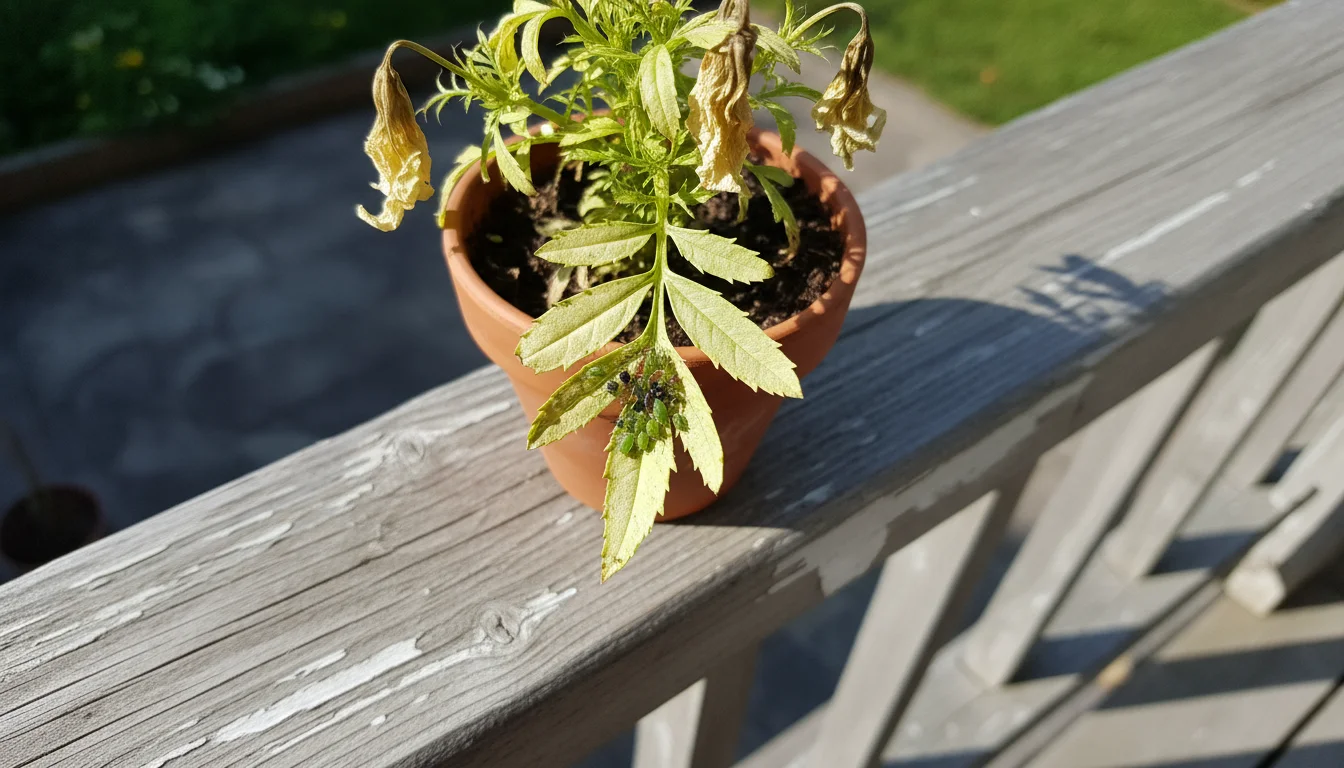
Aphids
Appearance: Small, pear-shaped insects, typically 1/16 to 1/8 inch long. They come in various colors, including green, black, yellow, brown, or pink. You often see them in clusters on new growth, under leaves, and on flower buds. Some may have wings.
Signs of Damage: Aphids suck sap from plants, leading to distorted, yellowing, or curling leaves. They excrete a sticky substance called “honeydew,” which can attract ants and lead to sooty mold growth (a black, fungal coating). Severe infestations stunt plant growth and reduce vigor.
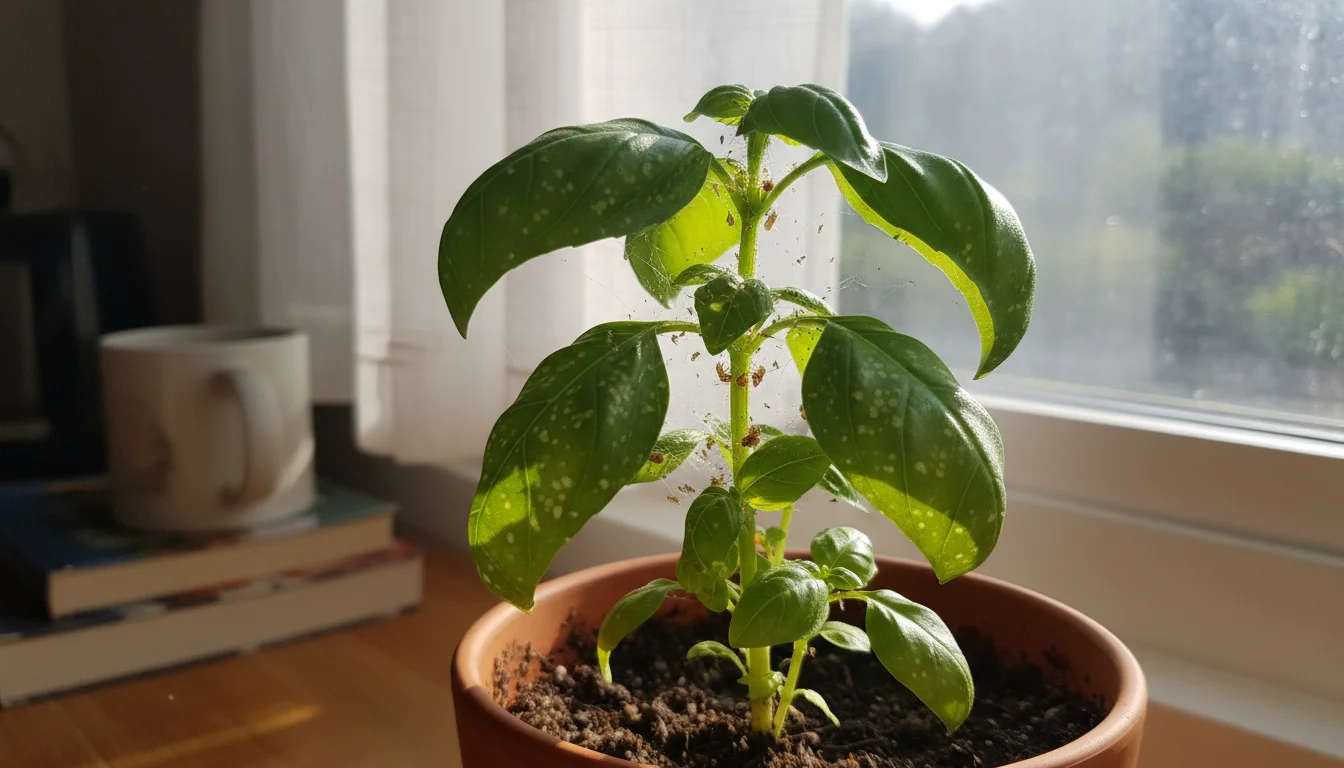
Spider Mites
Appearance: Tiny, spider-like creatures, often reddish-brown or yellowish-green, barely visible to the naked eye (about 1/50 inch long). Look for them on the undersides of leaves.
Signs of Damage: Early signs include tiny yellow or white speckles (stippling) on leaves. As the infestation progresses, leaves become bronze or discolored. You might see fine webbing, particularly between leaves and stems, which resembles spiderwebs. This webbing is a definitive sign of spider mites and helps distinguish them from other pests. They thrive in dry, warm conditions, making indoor environments particularly inviting.
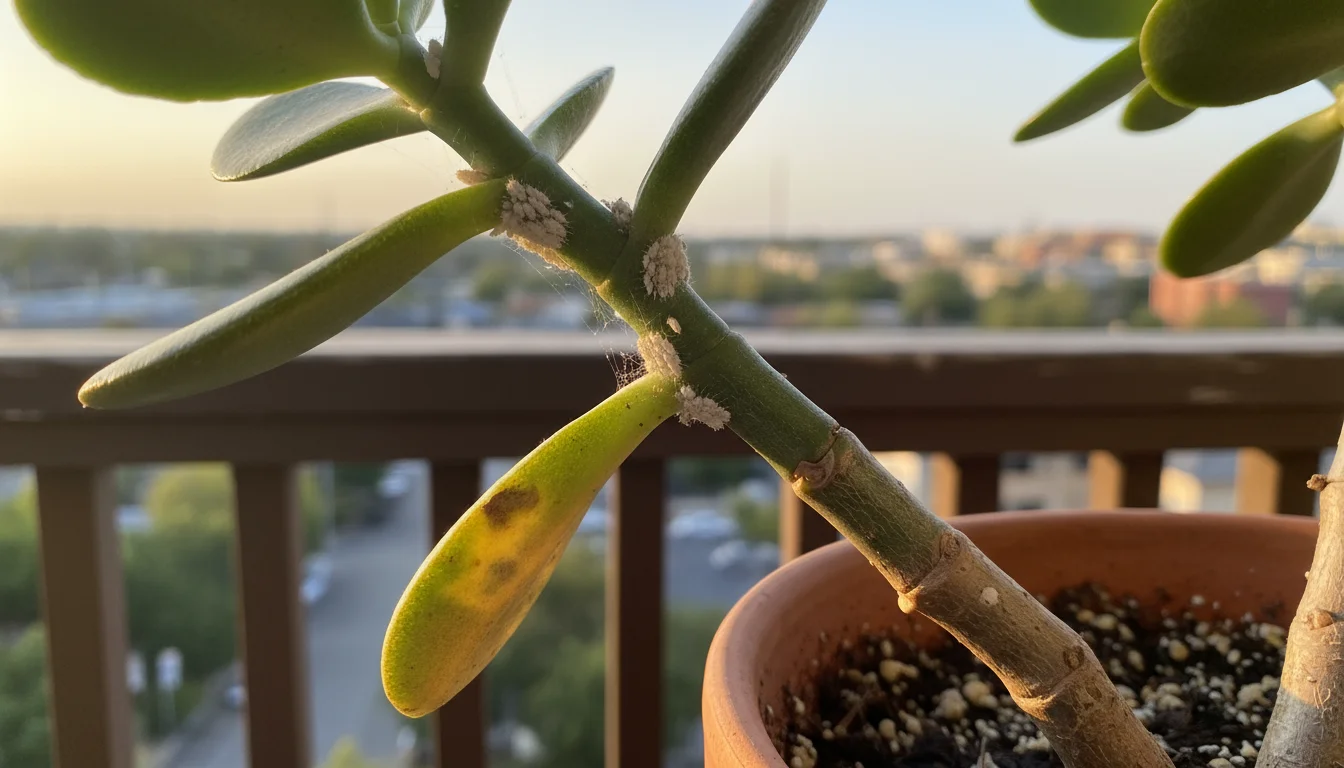
Mealybugs
Appearance: Soft-bodied insects covered in a white, cottony, waxy coating, usually 1/10 to 1/4 inch long. They cluster in leaf axils (where leaves meet stems) and on stems.
Signs of Damage: Like aphids, mealybugs suck sap and excrete honeydew, leading to sooty mold. Plants show stunted growth, yellowing leaves, and distorted new growth. Their white, fuzzy appearance makes them relatively easy to spot.
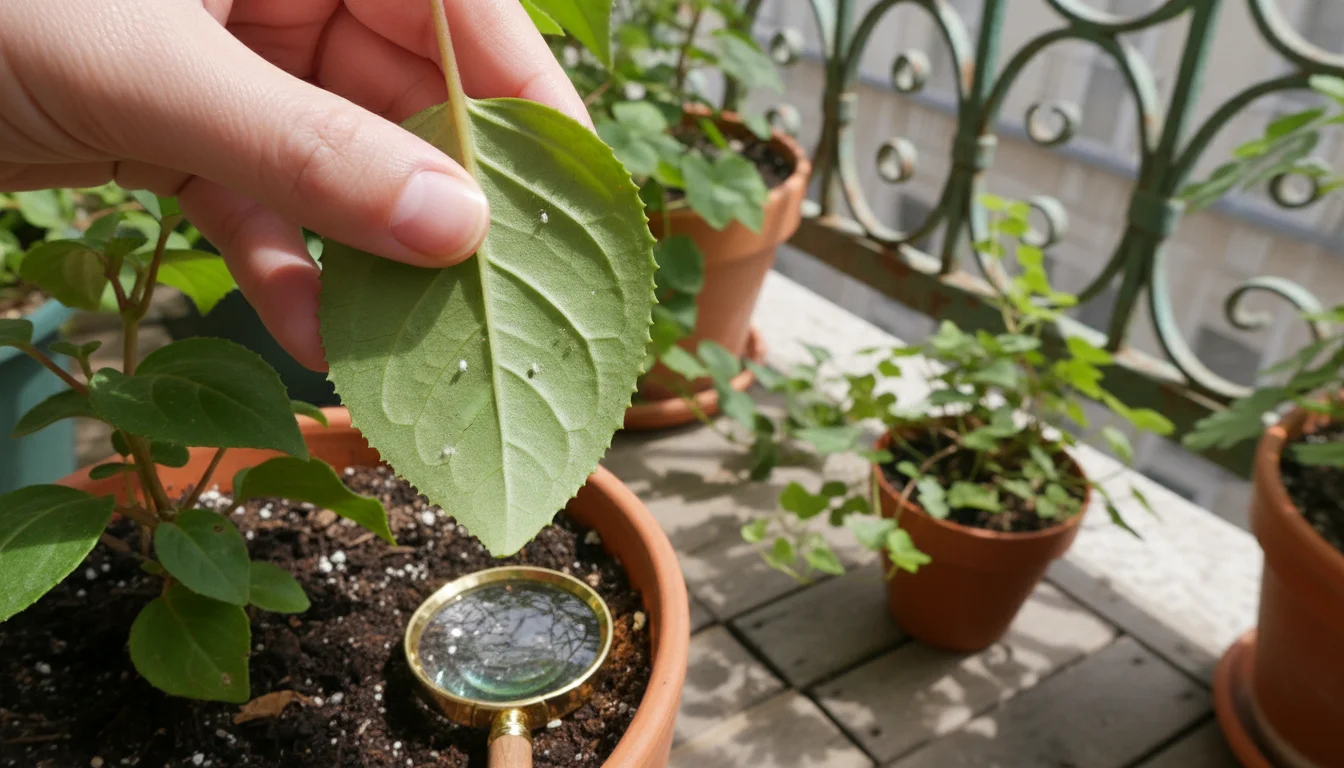
Whiteflies
Appearance: Tiny, white, winged insects, about 1/16 inch long, that resemble tiny moths. They typically gather on the undersides of leaves.
Signs of Damage: When you disturb an infested plant, a cloud of whiteflies will fly up briefly. They also suck sap and excrete honeydew, causing yellowing leaves and reduced plant vigor. Their larvae are scale-like and immobile on the undersides of leaves.
Regular inspection is your best tool for identifying these pests early. A magnifying glass helps immensely with the smaller ones like spider mites. Know what healthy leaves and stems look like for your specific plants. This knowledge helps you quickly spot any changes that signal a problem.
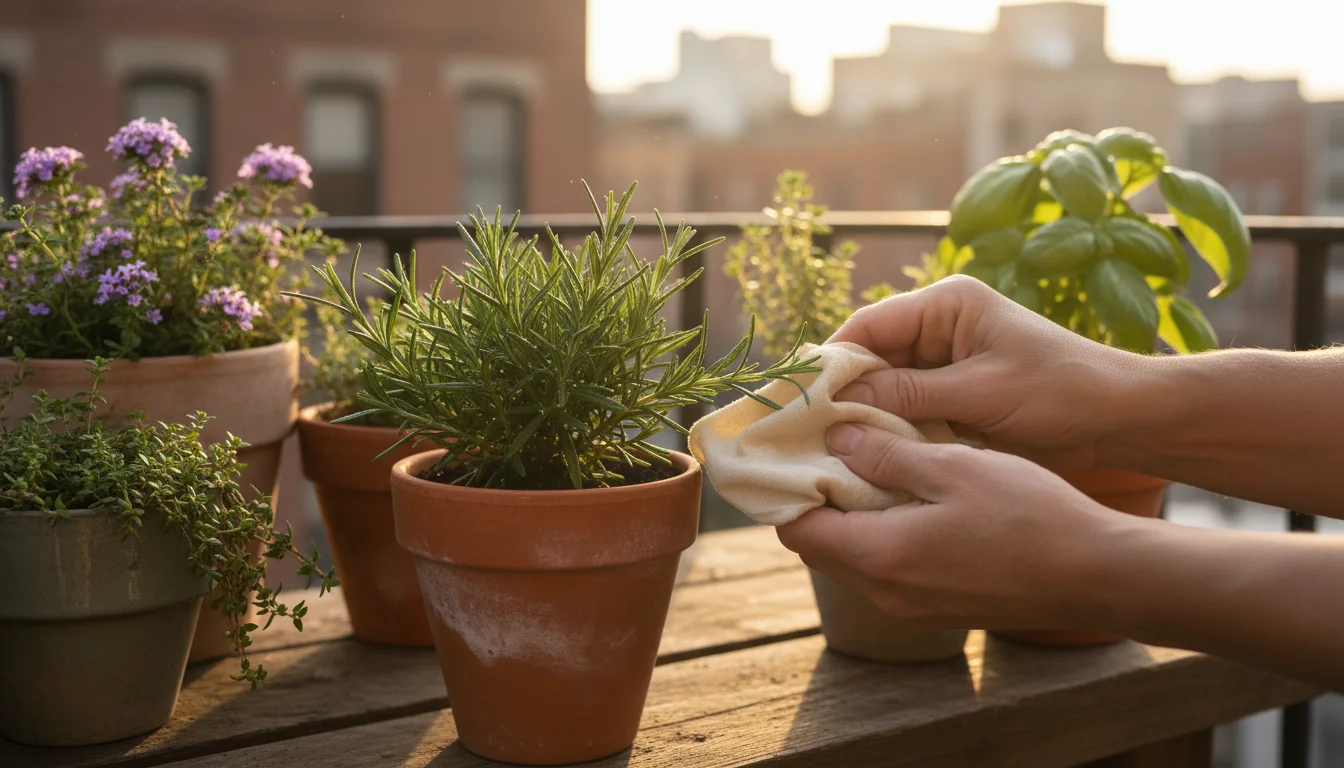
Prevention is Key: Your First Line of Defense
Proactive measures significantly reduce your chances of dealing with a full-blown pest infestation, especially when managing common pests on plants brought inside. Prevention is much easier and less stressful than treatment.
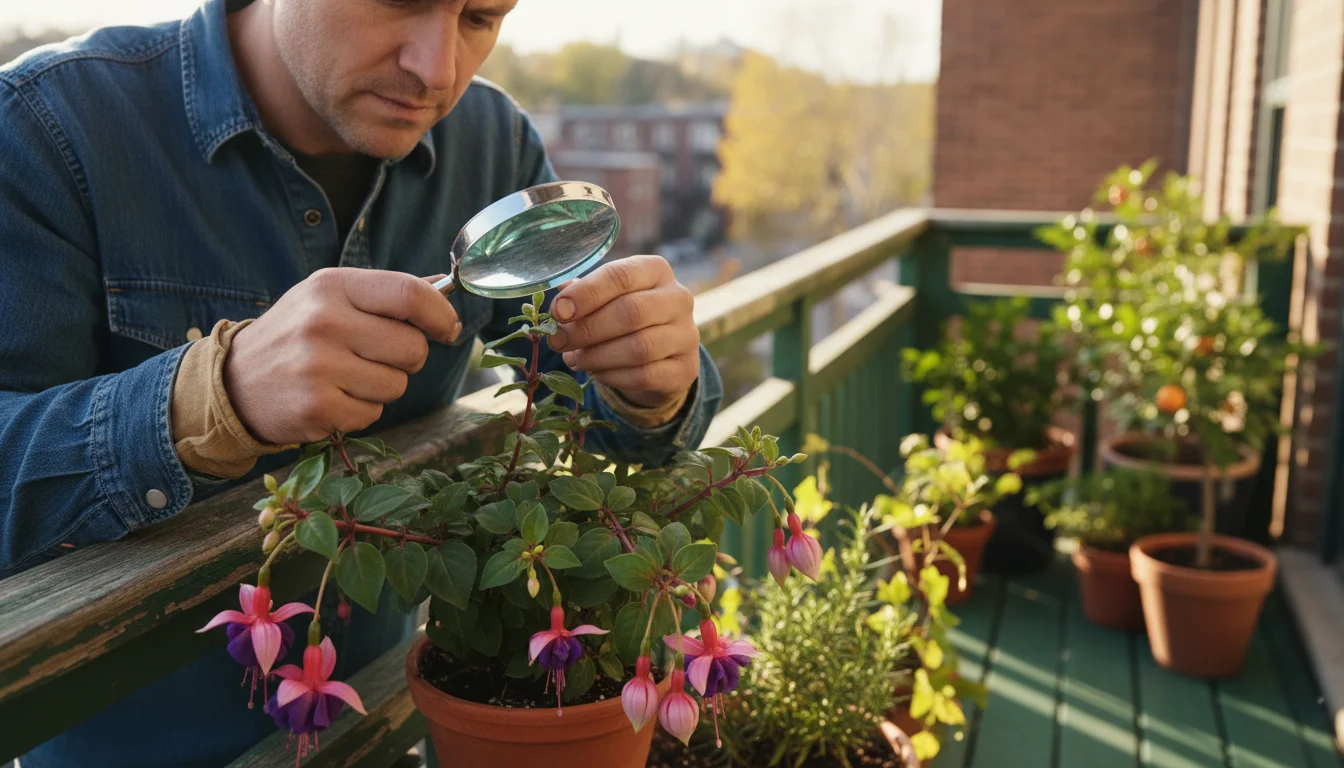
For Plants Moving Indoors:
- Thorough Inspection: Before bringing any plant inside, inspect it from top to bottom. Pay close attention to the undersides of leaves, leaf axils, stems, and the surface of the soil. Look for any visible pests, eggs, webbing, or signs of damage. A magnifying glass is invaluable here.
- Pre-Emptive Cleaning: Gently wipe down all leaves (top and bottom) with a damp cloth to remove dust and any unseen hitchhikers. You can also give the plant a gentle spray with a hose, ensuring good drainage, to dislodge pests. If you suspect pests, a diluted insecticidal soap solution for this cleaning step provides an extra layer of protection.
- Root Ball Check: Inspect the top inch or two of the soil for any signs of insects or larvae. Some gardeners even bare-root their plants, rinsing the roots thoroughly and repotting them in fresh, sterile potting mix to eliminate any soil-dwelling pests. This is more involved and might not be necessary for every plant.
- Quarantine Period: This step is critical. Isolate any new or returning indoor plants in a separate room, away from your existing collection, for at least two to four weeks. During this time, monitor them daily for any signs of pests. This quarantine prevents any hidden pests from spreading to your entire plant collection.
- Pot and Saucer Hygiene: Clean pots and saucers thoroughly before bringing them inside. Scrub them with warm, soapy water and rinse well. This removes any lingering eggs or larvae.
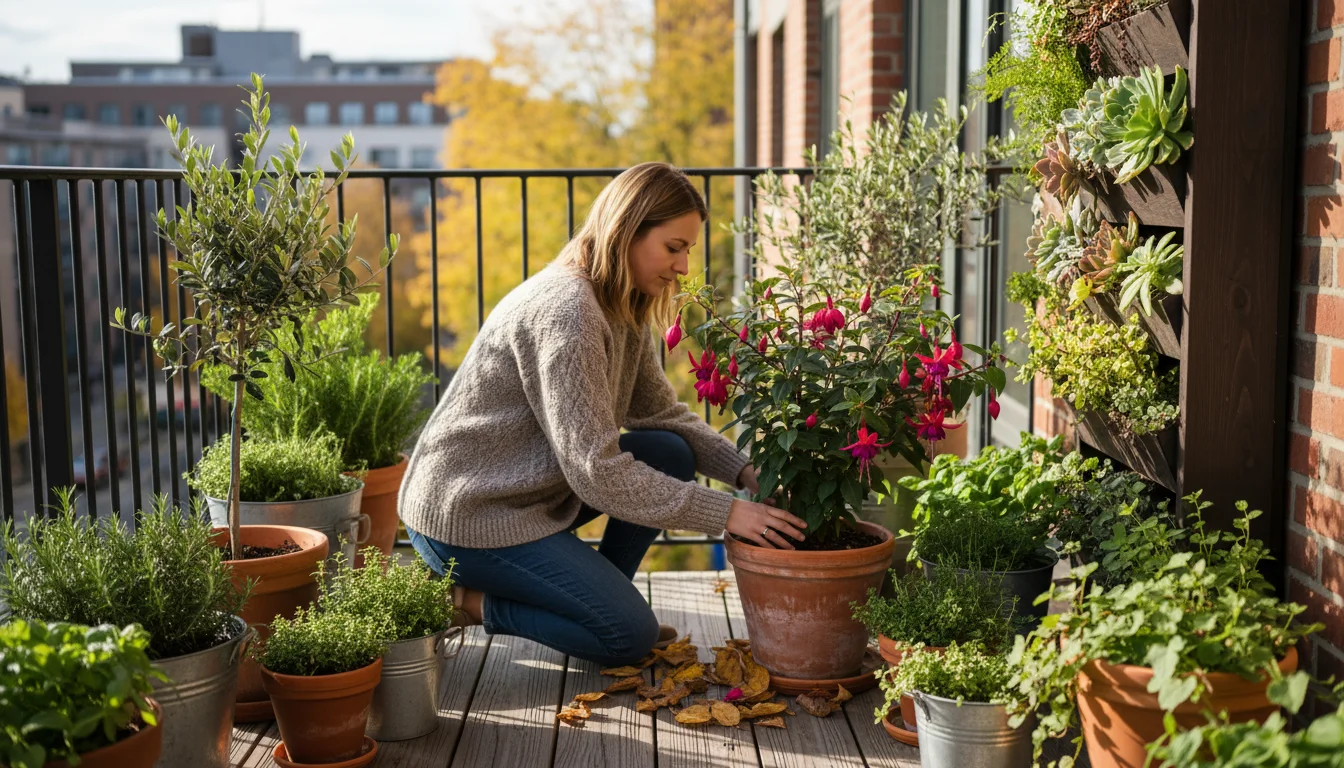
For Balcony or Outdoor Plants Staying Out:
Even if your plants remain outdoors in a mild fall climate, prevention remains important for fall garden pests. Good cultural practices keep them resilient.
- Regular Inspection: Continue daily or weekly checks, especially on new growth, where aphids often congregate.
- Good Air Circulation: Proper spacing between plants prevents pests from easily moving from one plant to another. It also reduces humidity, which can deter certain pests and fungal issues.
- Remove Plant Debris: Promptly remove fallen leaves and dead plant material from pots and surrounding areas. This debris can harbor pests and diseases.
- Strong Plant Health: Healthy plants naturally resist pests better. Ensure your plants receive adequate light, proper watering, and appropriate nutrients. Over-fertilizing, particularly with nitrogen, can promote lush, soft growth that aphids find particularly appealing.

Early Detection: Regular Plant Health Checks
Even with the best preventative measures, pests can still appear. Your most effective tool against cool-weather pests is early detection. The sooner you identify a problem, the easier and more effective the treatment. This is especially true for small-space gardeners where pests can spread rapidly due to close proximity.
Establish a routine for inspecting your plants. This might be a quick check every few days or a more thorough examination once a week. Make it a part of your plant care ritual.

How to Conduct a Thorough Plant Inspection:
- Start at the Top: Begin by examining the newest growth and the undersides of upper leaves. Many pests, like aphids and whiteflies, prefer tender new shoots.
- Flip the Leaves: Always turn leaves over to inspect their undersides. Spider mites, mealybugs, and whitefly larvae often hide here.
- Examine Stems and Axils: Look closely at the stems, particularly where leaves meet the main stem (the leaf axils). Mealybugs and scale insects frequently attach themselves in these protected areas.
- Check the Soil Surface: Some pests, like fungus gnats (which become more prevalent indoors in damp soil), lay eggs in the top layer of potting mix. Look for tiny, mosquito-like flies hovering around the soil.
- Use a Magnifying Glass: For tiny pests like spider mites, a small magnifying glass is indispensable. It reveals details you would otherwise miss, such as the characteristic stippling or the mites themselves.
-
Look for Secondary Signs: Don’t just look for the pests themselves. Also search for their calling cards:
- Honeydew: Sticky residue on leaves or surfaces below the plant.
- Sooty Mold: Black, powdery fungal growth on honeydew.
- Webbing: Fine, delicate webs indicating spider mites.
- Discoloration/Distortion: Yellowing, curling, or misshapen leaves.
Documenting your observations helps track pest activity. If you notice a small cluster of aphids, address it immediately. Do not wait for the population to grow. Early intervention minimizes damage and reduces the need for more intensive treatments. A strong, consistent inspection routine serves as your best defense, keeping your plants healthy and beautiful throughout the cooler months.

Treating Aphids and Other Pests: Gentle & Effective Solutions
Once you identify pests, act quickly. For balcony and indoor plants, your goal is to eliminate pests without harming your plants, your home environment, or your pets. Start with the least toxic, most eco-friendly options. These methods are highly effective when applied consistently.

Step-by-Step Treatment Guide:
- Isolate the Infested Plant: Immediately move the affected plant away from your other plants. This prevents the pests from spreading and makes treatment easier.
-
Physical Removal:
- Wipe Them Off: For aphids, mealybugs, and even some spider mites, use a damp cloth or a cotton swab dipped in rubbing alcohol to wipe them directly off the leaves and stems. For mealybugs, the alcohol dissolves their waxy coating.
- Strong Water Spray: Take the plant to a sink or shower and spray it thoroughly with a strong, but gentle, stream of water. Focus on the undersides of leaves and leaf axils to dislodge aphids and spider mites. This method works well for soft-bodied pests. Ensure the pot drains completely afterward to avoid root rot.
-
Insecticidal Soap Application:
- What it is: Insecticidal soap is a special formulation of fatty acids that disrupts the cell membranes of soft-bodied insects like aphids, spider mites, mealybugs, and whiteflies, causing them to dehydrate and die. It is safe for plants and breaks down quickly in the environment, leaving no harmful residue.
- How to Use: Dilute a commercially available insecticidal soap concentrate according to package directions, or make your own with 1-2 teaspoons of mild liquid dish soap (without degreasers or additives) mixed into 1 quart of water.
- Application: Spray the entire plant thoroughly, ensuring complete coverage, especially on the undersides of leaves and in crevices where pests hide. Apply it until the solution drips off the plant.
- Timing: Apply insecticidal soap in the evening or early morning, as application in direct sunlight can sometimes cause leaf burn.
- Repeat: You will likely need to repeat applications every 5-7 days for several weeks to break the pest life cycle. Insecticidal soap only kills on contact, so it does not affect eggs. Consistent reapplication catches newly hatched pests.
-
Neem Oil Spray:
- What it is: Neem oil is a natural insecticide derived from the neem tree. It works as an antifeedant, growth disruptor, and repellent. It is effective against a broad spectrum of pests, including aphids, spider mites, mealybugs, and whiteflies.
- How to Use: Mix cold-pressed neem oil concentrate with water and a small amount of mild soap (as an emulsifier) according to the product instructions.
- Application: Thoroughly spray the entire plant, covering all leaf surfaces, stems, and crevices.
- Timing: Like insecticidal soap, apply neem oil in the evening or on a cloudy day to prevent potential leaf burn.
- Repeat: Repeat applications every 7-10 days until the infestation is under control. Neem oil works systemically to some extent, meaning the plant can absorb it and make itself less appealing to pests.
Always test any spray solution on a small, inconspicuous part of the plant first to ensure there is no adverse reaction before treating the entire plant. Some plants can be sensitive to certain treatments. Patience and persistence are your greatest assets when tackling pests. Stick with your chosen method consistently until all signs of pests disappear.
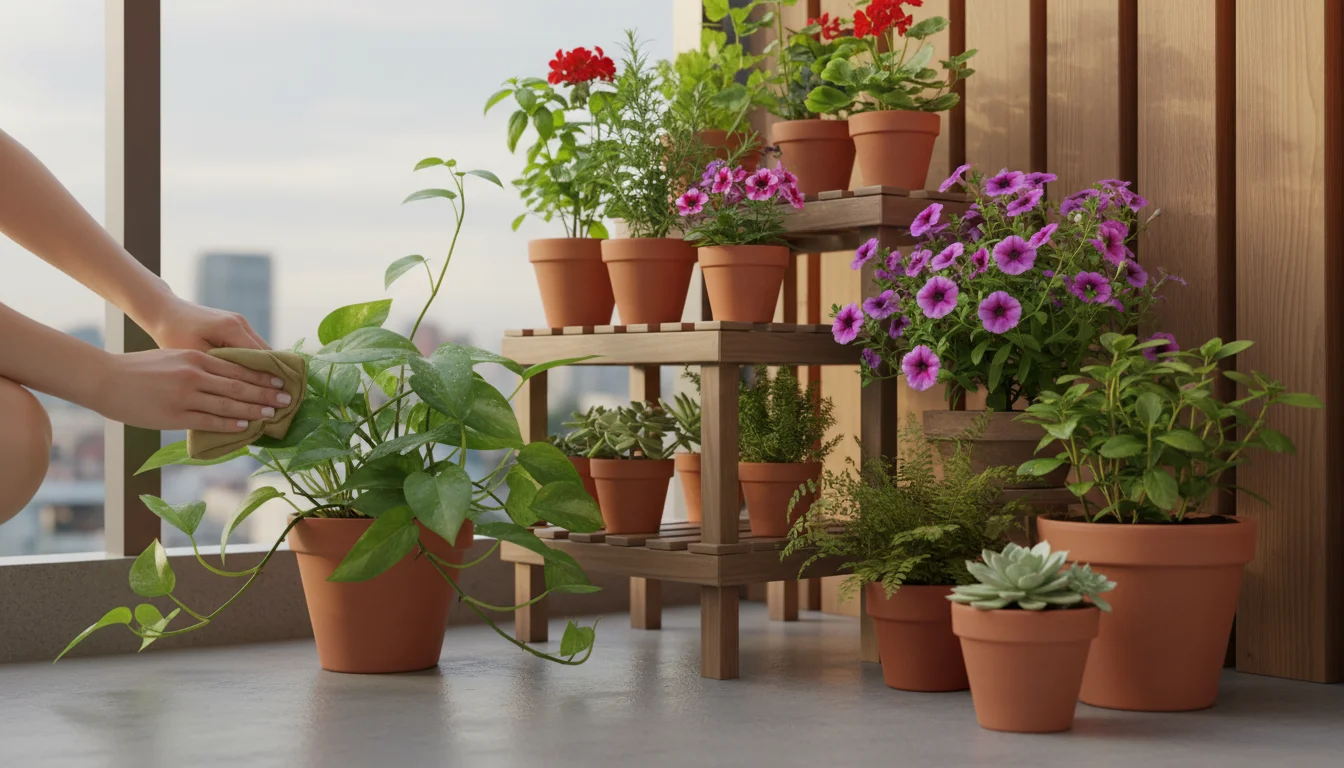
The Role of Environment: Creating an Uninviting Home for Pests
Your plants’ environment plays a significant role in preventing and managing pests. By optimizing conditions in your small space, you create a less appealing habitat for indoor plant pests and enhance your plants’ natural resistance. This environmental control is a cornerstone of sustainable, low-maintenance gardening.
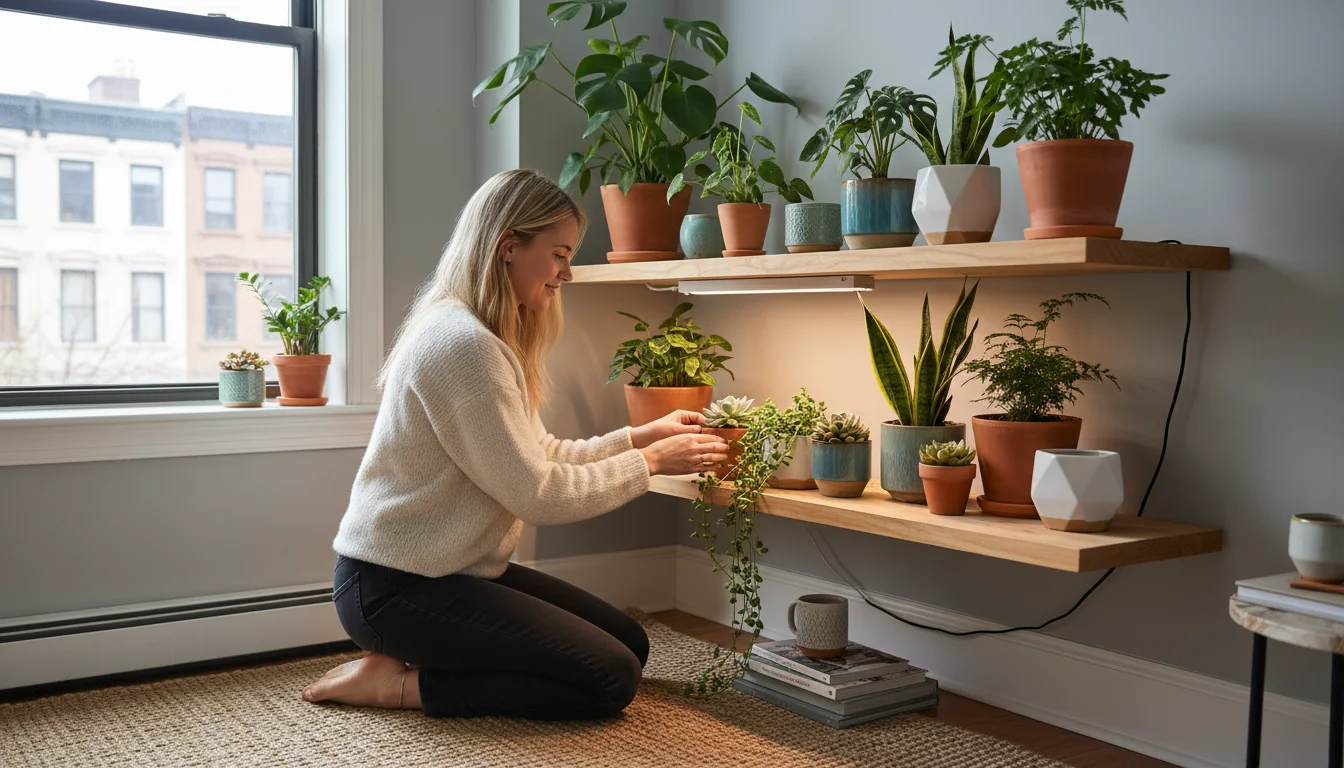
Light:
Impact: Most houseplants thrive in consistent, appropriate light. Weak light conditions stress plants, making them more susceptible to pests. Pests also prefer shaded, undisturbed areas.
Action: Ensure your plants receive the correct amount of light for their species. Rotate plants regularly to expose all sides to light, reducing hidden spots for pests. Use grow lights if natural light is insufficient, especially during shorter autumn and winter days.
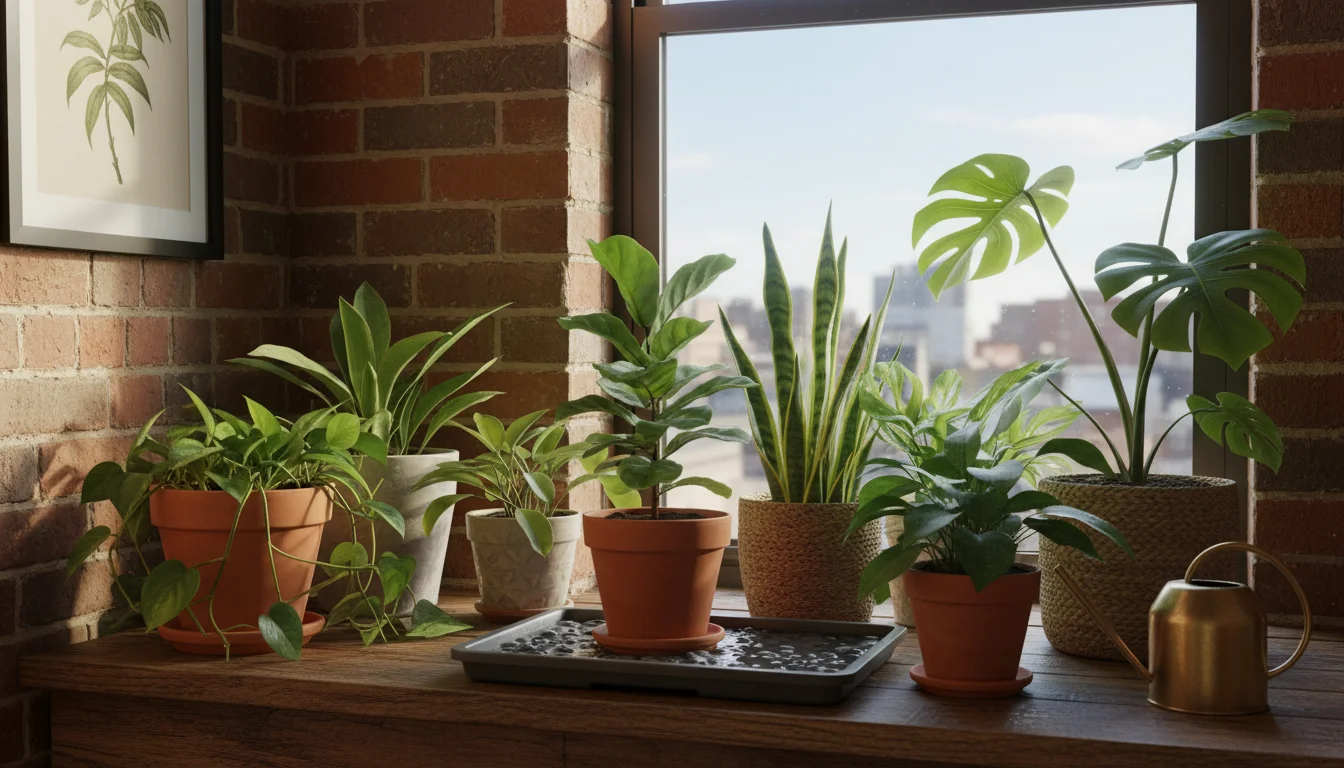
Humidity:
Impact: Dry indoor air, common in heated homes during autumn and winter, is a prime breeding ground for spider mites. Conversely, excessively high humidity with poor air circulation can encourage fungal issues and some pests.
Action: Increase humidity around your plants to deter spider mites. You can do this by:
- Grouping Plants: Plants release moisture, creating a microclimate.
- Pebble Trays: Place pots on trays filled with pebbles and water, ensuring the pot does not sit directly in the water. As the water evaporates, it raises local humidity.
- Humidifiers: A small room humidifier benefits both your plants and you.
- Misting: While misting offers temporary humidity, its effect is fleeting. It can, however, help dislodge some pests and dust from leaves.
Maintain a balance; avoid excessively damp conditions without airflow.

Air Circulation:
Impact: Stagnant air allows pests to settle and multiply undisturbed. Good air circulation makes it harder for pests to establish colonies and helps dry out leaves, preventing fungal issues.
Action:
- Space Your Plants: Avoid overcrowding. Give each plant enough room for air to flow around its foliage. This is especially important for balcony plants where density can be high.
- Use a Fan: A small oscillating fan, set on a low setting, can significantly improve air movement in an indoor plant area.
- Open Windows: When weather permits, open windows to provide fresh air, but be mindful of sudden temperature drops that could shock sensitive plants.

Watering Practices:
Impact: Both overwatering and underwatering stress plants. Overwatered soil often leads to fungus gnat infestations, while underwatered plants become weak and susceptible to many pests.
Action:
- Water Wisely: Water only when the top inch or two of soil feels dry to the touch, depending on the plant species.
- Proper Drainage: Always use pots with drainage holes. “Drainage” refers to how easily water moves through the soil and out of the pot, preventing roots from sitting in stagnant water.
- Avoid Wet Foliage: Try to water at the soil level rather than drenching the leaves, especially if you have had issues with fungal diseases.
By consciously managing these environmental factors, you cultivate strong, resilient plants that are inherently better equipped to ward off cool-weather pests. This holistic approach supports both plant health and your low-maintenance gardening philosophy.
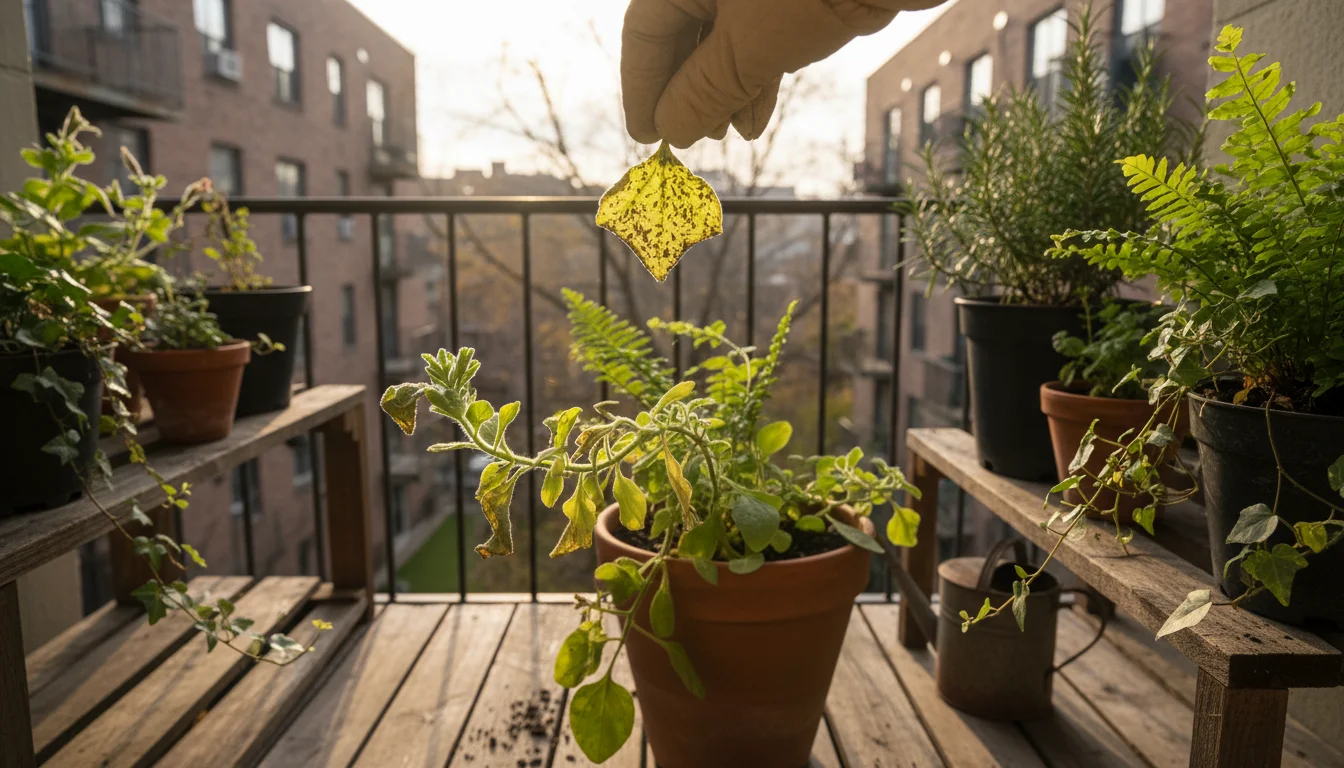
When to Escalate: Tougher Cases and Persistent Infestations
Most beginner pest problems respond well to the gentle methods described earlier. However, sometimes you encounter a persistent infestation that resists initial treatments, or a problem you missed in its early stages. Knowing when and how to escalate your pest control efforts saves your plant collection.
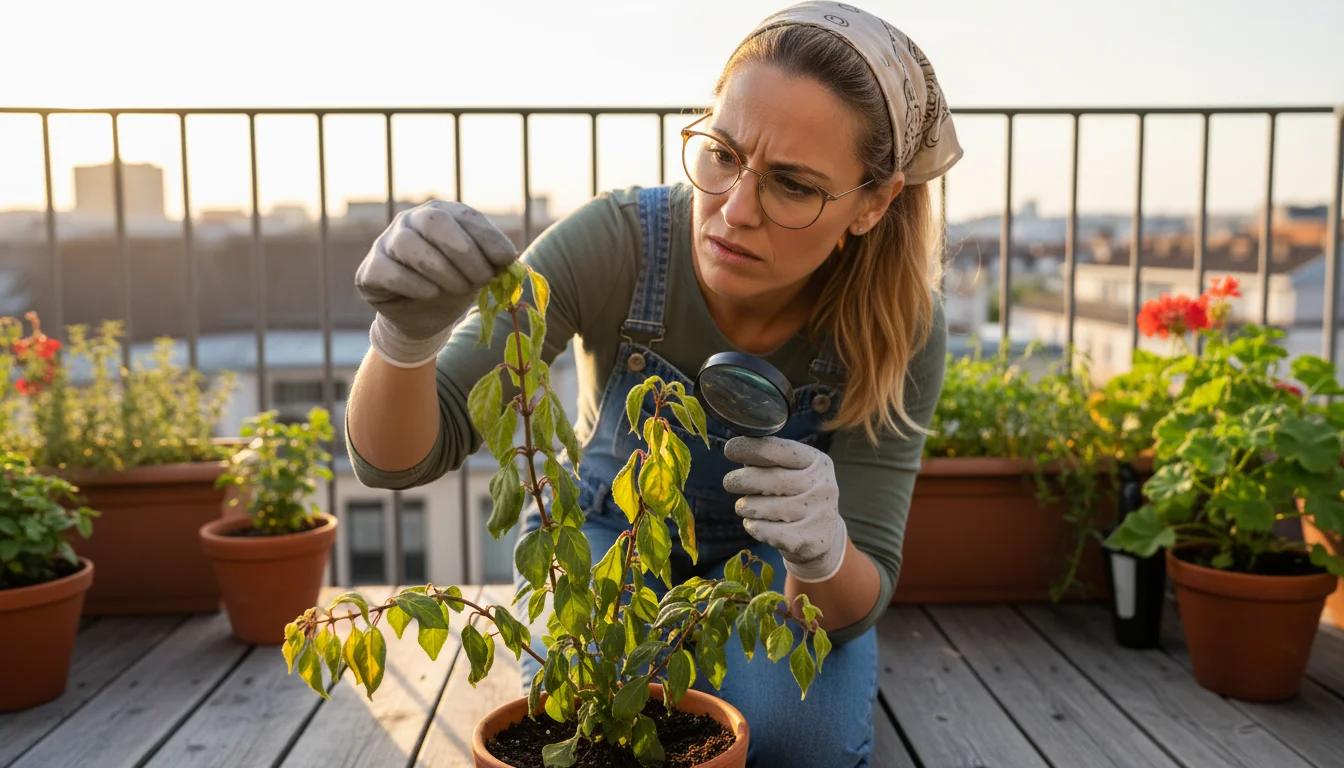
Assess the Severity:
Before moving to stronger measures, take a moment to re-evaluate.
- Is the Infestation Widespread? If only one plant shows signs of severe infestation while others are clear, consider isolating or even discarding the heavily infected plant to protect your collection. This can be a tough decision, but it prevents the problem from spreading.
- Are the Treatments Being Applied Correctly? Ensure you apply insecticidal soap or neem oil thoroughly, covering all surfaces, and repeating applications at the recommended intervals. Inconsistent application is a common reason for treatment failure.
- Is the Plant Severely Stressed? A plant that is already struggling from poor light, watering issues, or root problems might not recover, even with pest treatment. Address underlying cultural issues first.
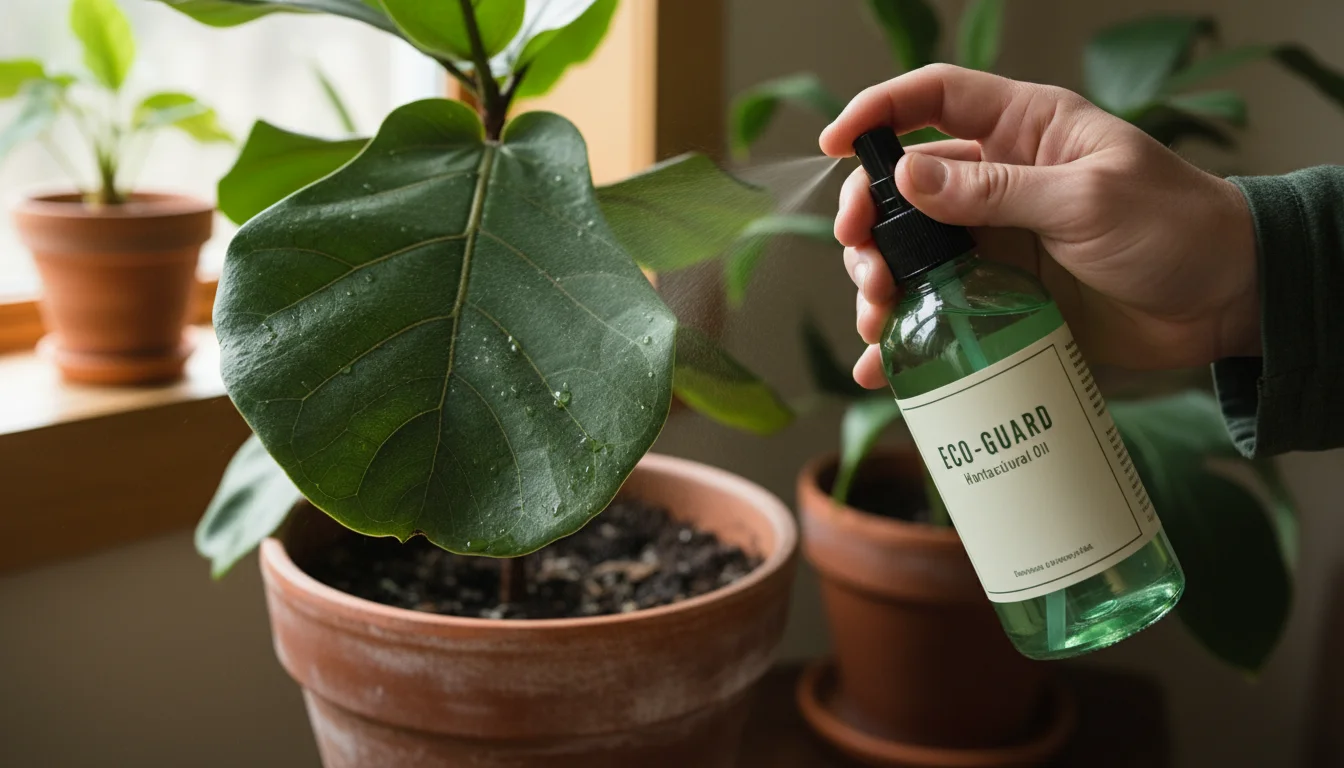
Stronger, Yet Still Eco-Friendly, Options:
If physical removal and repeated insecticidal soap or neem oil applications do not fully resolve the issue, you have a few other options before considering chemical pesticides. Always prioritize environmentally conscious approaches.
- Horticultural Oils: These are refined petroleum or vegetable-based oils that smother insects and mites. They are generally safe for plants and beneficial insects once dry. Apply them carefully, following label instructions, especially regarding temperature and plant type, as some plants are sensitive. They are particularly effective against scale insects and heavy spider mite infestations.
-
Systemic Houseplant Insecticides (Use with Caution): Some products are available that contain active ingredients like imidacloprid or dinotefuran. These are absorbed by the plant and move throughout its tissues, making the plant toxic to sap-sucking pests like aphids and mealybugs.
- Application: Often applied as granules to the soil or as a drench.
- Considerations: While effective, systemic insecticides can pose risks to beneficial insects if plants are later moved outdoors. Always read and follow label instructions precisely. Avoid using them on edible plants.
-
Predatory Insects (for serious, contained infestations): For a significant indoor infestation, you might consider introducing beneficial insects such as ladybugs, green lacewings, or predatory mites. These natural enemies consume pest insects.
- Feasibility: This method works best in a contained environment like a greenhouse or a heavily infested room where the beneficials can stay and find their prey. For a few balcony plants, it may be overkill or impractical.
- Availability: You can purchase beneficial insects online from reputable suppliers.
Remember that the goal is always to restore plant health, not simply eradicate every single pest. A few pests are natural; it is large, damaging populations you aim to control. Combining various eco-friendly tactics often yields the best long-term results.
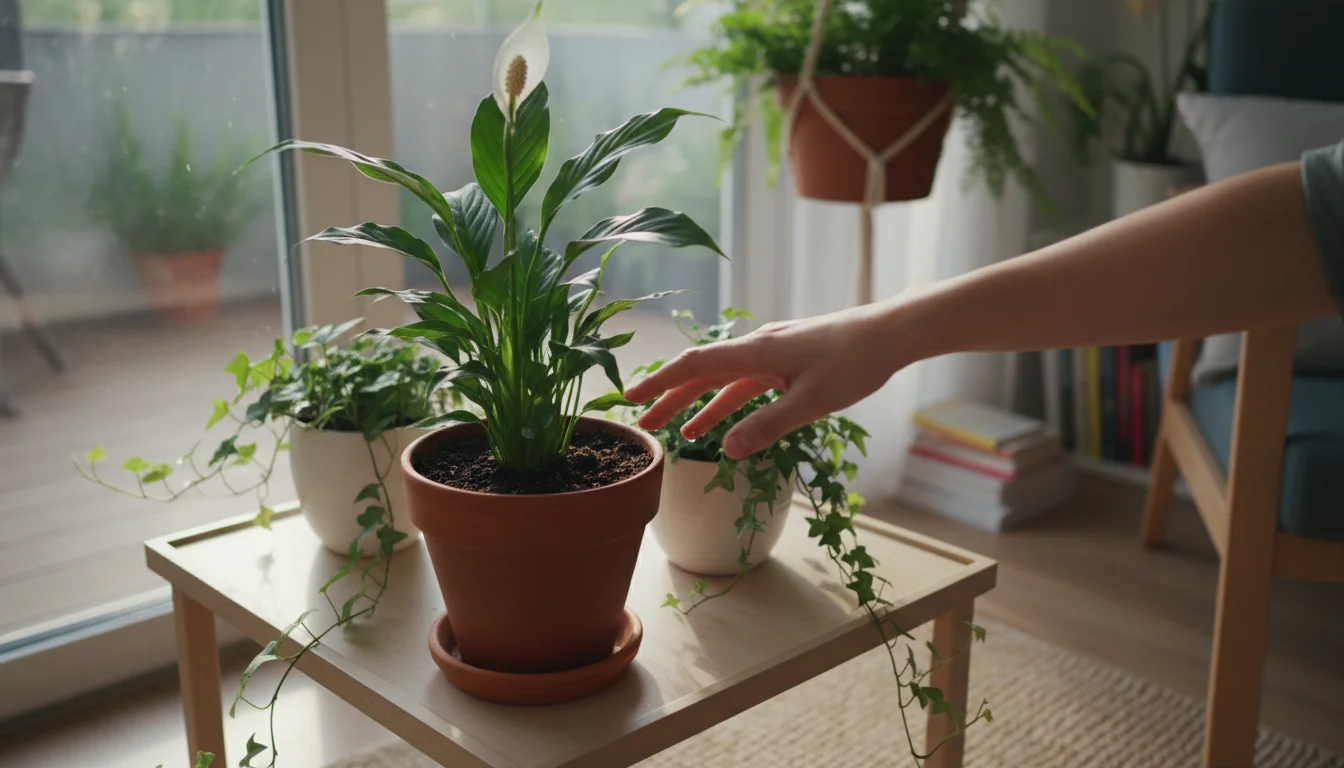
Troubleshooting Common Mistakes: Avoiding Pest Pitfalls
Even experienced gardeners can make mistakes when it comes to pest management. Learning from these common pitfalls helps you refine your approach and maintain healthier plants in your small garden spaces.

1. Inconsistent Inspection:
Mistake: Checking plants only when you see obvious signs of damage.
Why it’s a Pitfall: By the time you notice visible damage, the pest population has often grown significantly, making treatment more challenging. Small problems become large ones quickly.
Solution: Implement a regular inspection schedule, at least once a week. Incorporate it into your watering routine. Consistent, proactive checking helps you catch infestations early when they are easiest to manage.
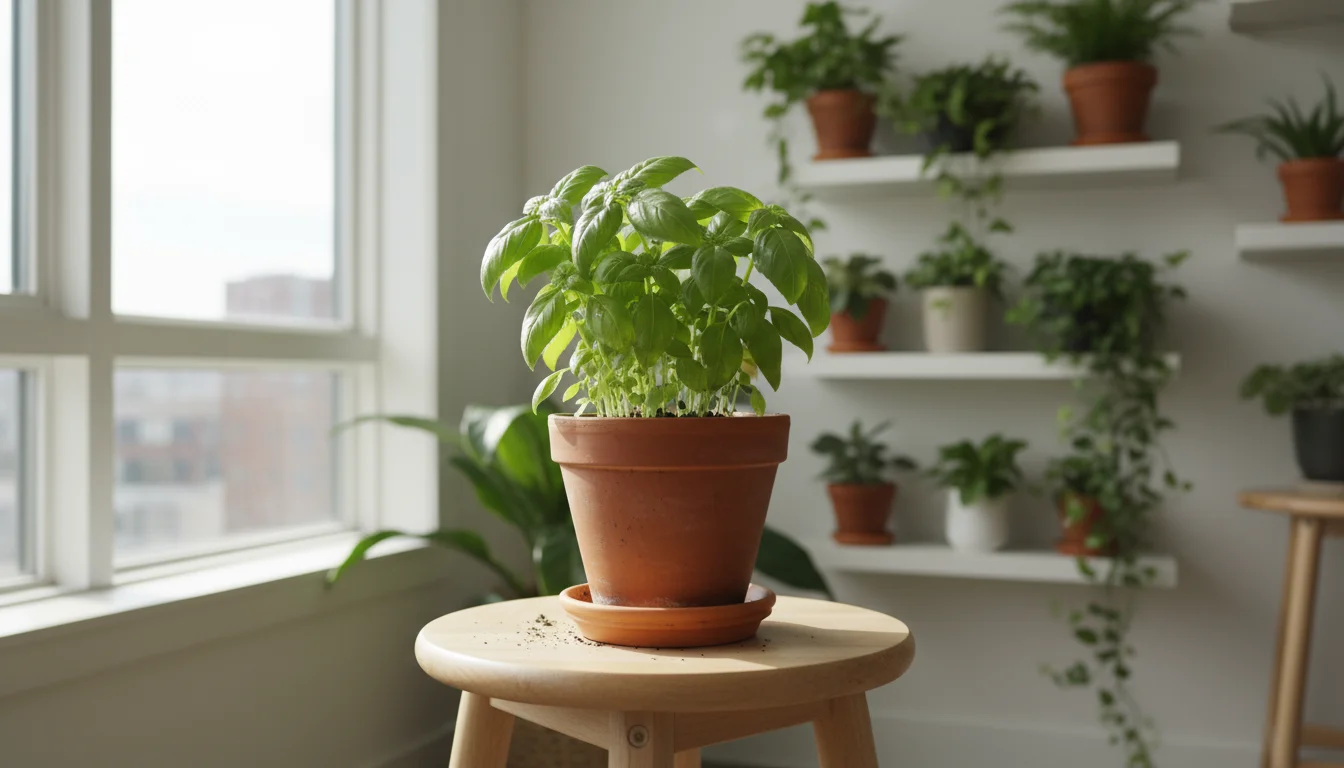
2. Neglecting Quarantine:
Mistake: Bringing new plants or returning outdoor plants straight into your indoor collection without isolation.
Why it’s a Pitfall: You risk introducing pests directly to your entire plant collection. A single infected plant can quickly contaminate dozens of others.
Solution: Always quarantine new plants for at least two to four weeks in a separate area. This gives any hidden pests time to emerge and allows you to treat them before they spread.

3. Incomplete Treatment Coverage:
Mistake: Only spraying the top surfaces of leaves or neglecting hidden areas.
Why it’s a Pitfall: Many pests, like spider mites and mealybugs, hide on the undersides of leaves, in leaf axils, or deep within foliage. If you do not coat these areas, pests survive and reproduce.
Solution: When applying sprays like insecticidal soap or neem oil, be thorough. Tilt the plant, lift leaves, and ensure the spray reaches every possible hiding spot, until the solution drips from the plant.
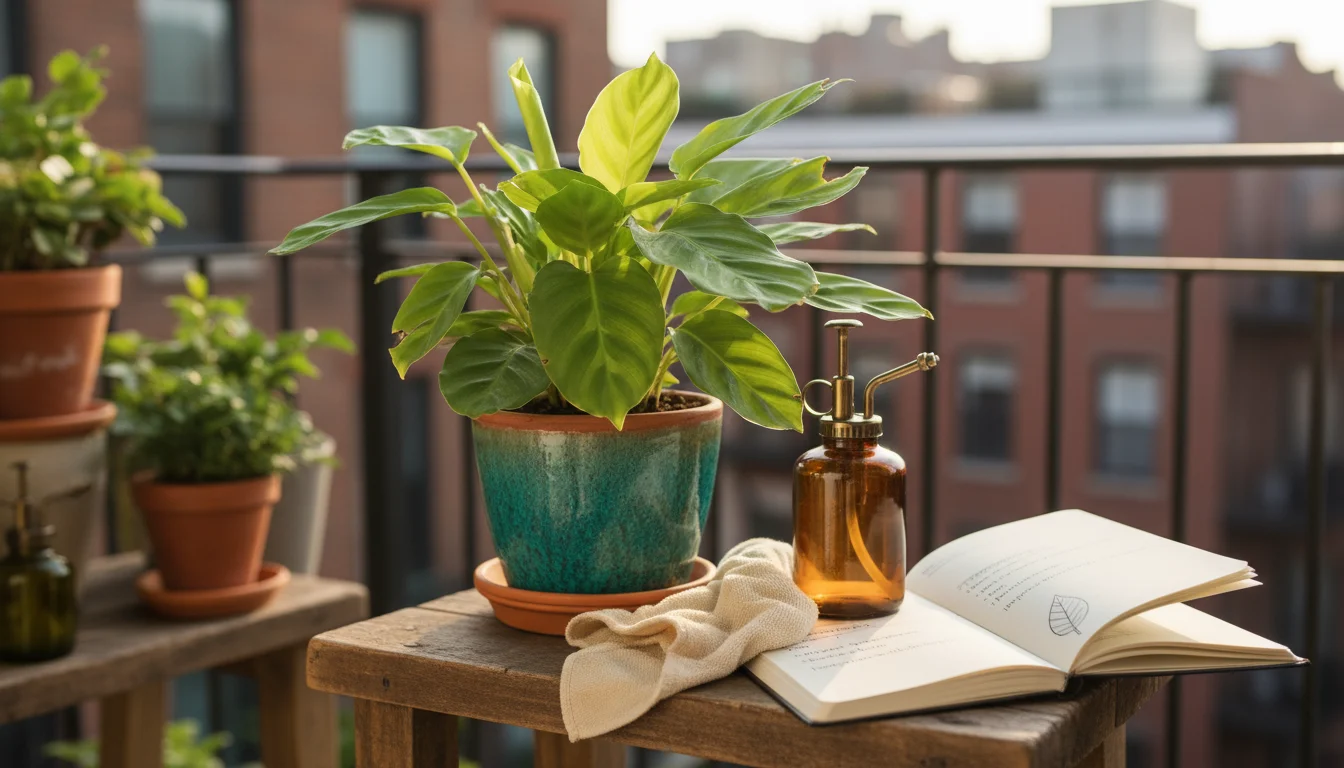
4. Not Repeating Treatments:
Mistake: Applying a treatment once and expecting the problem to disappear permanently.
Why it’s a Pitfall: Most treatments, especially eco-friendly ones, kill pests on contact but do not affect eggs. New generations will hatch and continue the infestation.
Solution: Follow the recommended treatment schedule, typically every 5-10 days, for at least 2-3 weeks. This ensures you break the pest’s life cycle by killing newly hatched nymphs before they can reproduce.
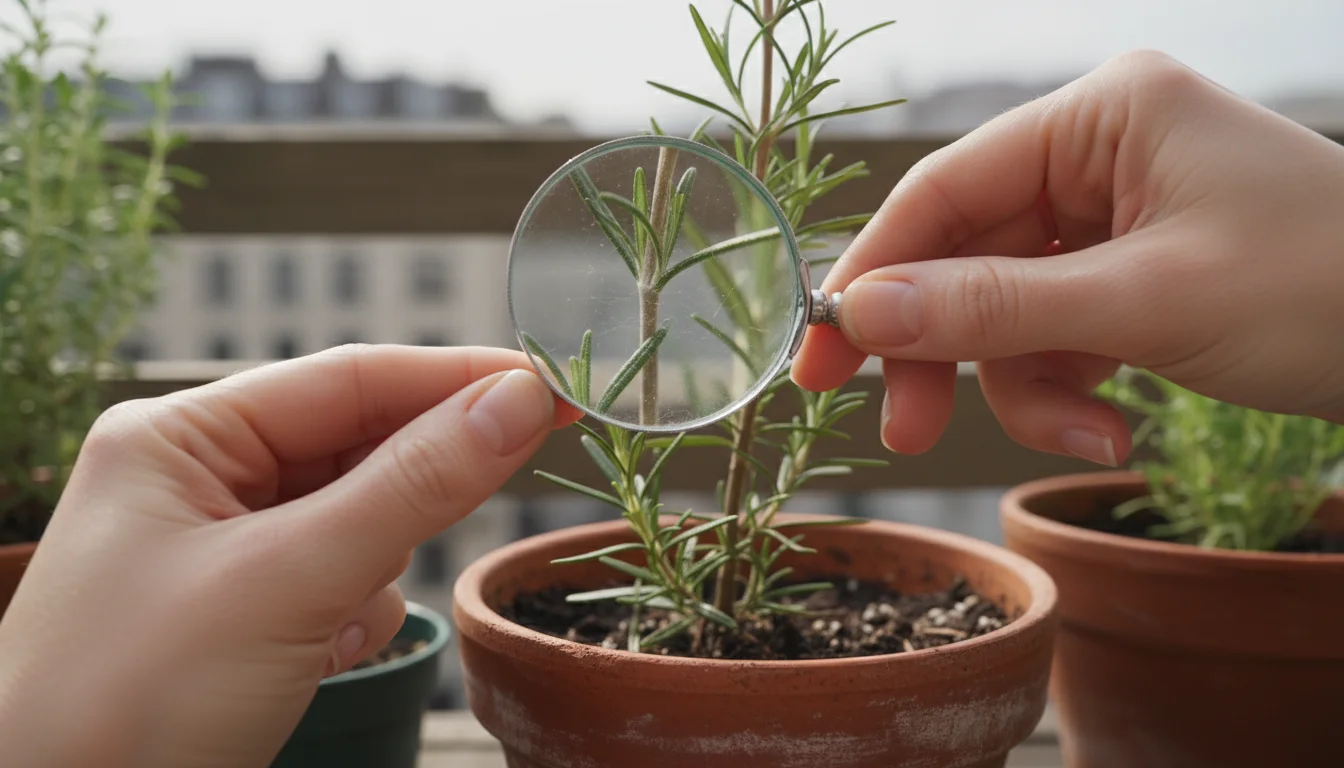
5. Misidentifying Pests:
Mistake: Assuming all pests are the same or using a broad-spectrum treatment without knowing the specific pest.
Why it’s a Pitfall: While many treatments work for multiple soft-bodied pests, specific pests might require targeted approaches. For example, spider mites thrive in dry conditions, while fungus gnats indicate overwatering.
Solution: Take the time to identify the pest accurately. Use a magnifying glass. Research common pests on plants brought inside. Knowing your enemy informs your best course of action.
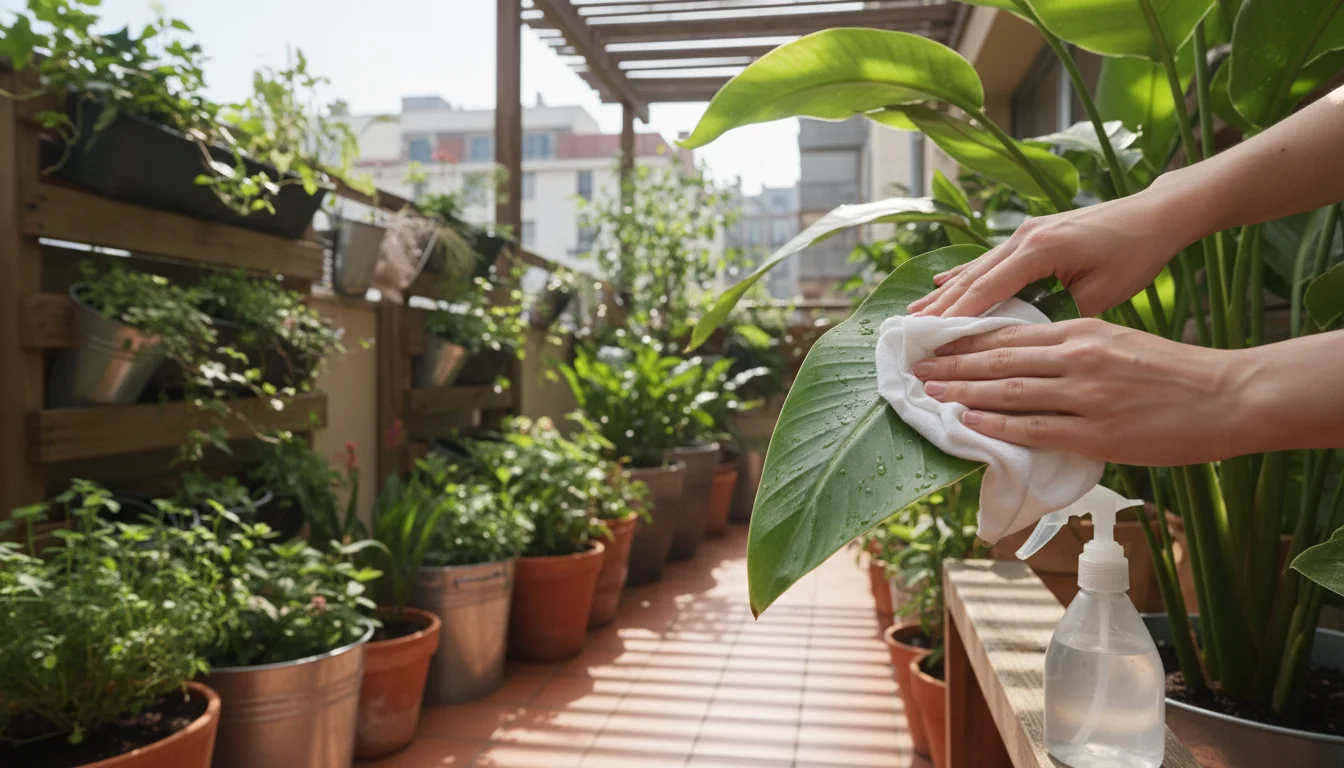
6. Over-Reliance on Chemical Solutions:
Mistake: Immediately reaching for harsh chemical pesticides.
Why it’s a Pitfall: Chemical pesticides can harm beneficial insects, pets, and the environment. They also sometimes promote pesticide resistance in pest populations over time.
Solution: Start with the least toxic options: physical removal, water sprays, insecticidal soap, and neem oil. These methods are highly effective and safer for your indoor environment and small garden ecosystem. Reserve stronger options only for severe, persistent infestations and always follow label directions.

7. Ignoring Environmental Factors:
Mistake: Focusing solely on killing pests without addressing underlying environmental conditions.
Why it’s a Pitfall: If your plant’s environment is conducive to pests (e.g., dry air for spider mites, constantly wet soil for fungus gnats), infestations will likely recur.
Solution: Optimize your plant’s environment by providing appropriate light, humidity, air circulation, and proper watering. A healthy, stress-free plant is your best defense against pests.
By avoiding these common mistakes, you strengthen your pest management strategy, leading to healthier, happier plants in your small garden spaces.
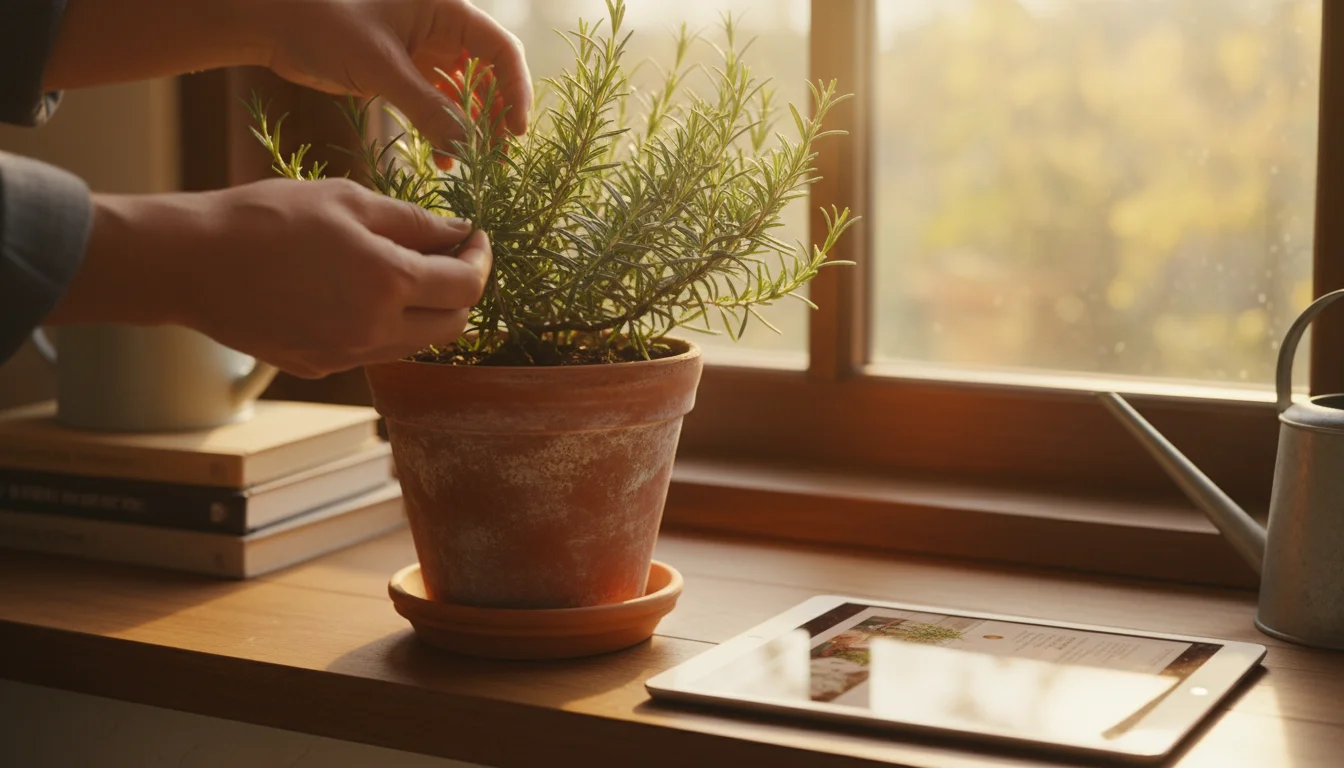
Frequently Asked Questions
Can I use rubbing alcohol directly on my plants to kill pests?
You can use rubbing alcohol for spot treatment, particularly for mealybugs. Dip a cotton swab in 70% isopropyl rubbing alcohol and touch it directly to the pests. Avoid spraying large areas of the plant with undiluted alcohol, as it can burn the foliage. Always test a small area first to ensure your plant tolerates it.
Are yellow sticky traps effective for cool-weather pests?
Yes, yellow sticky traps are excellent for monitoring and controlling flying pests like whiteflies and adult fungus gnats. They catch and hold these pests, preventing them from laying more eggs. While they do not directly control aphids or spider mites (which mostly crawl), they provide a visual indicator of pest activity and are a good addition to your pest management toolkit.
How do I safely dispose of infested plant material?
When pruning off heavily infested leaves or stems, or if you decide to discard an entire plant, seal the material in a plastic bag before placing it in the trash. Avoid composting heavily infested material, as the pests or eggs might survive and spread back into your garden. Prompt and secure disposal helps contain the problem.
Will my plants fully recover after a pest infestation?
Most plants recover well from pest infestations, especially if you catch and treat them early. Damage from sap-sucking pests like aphids often appears as distorted or yellowed leaves. These damaged leaves will not fully heal, but new, healthy growth will emerge once the pests are controlled. Continue to provide optimal care to help your plant recover its vigor.
Is it possible to completely eradicate all pests from my indoor plants?
Achieving complete eradication of every single pest can be challenging, particularly because pests can be microscopic or hide extremely well. The realistic goal is effective management: reducing pest populations to a level where they no longer cause significant damage to your plants. Regular inspection and consistent, proactive care maintain this balance, keeping your plants healthy and thriving.
For trustworthy gardening information, visit:
Iowa State University Extension — Yard & Garden, Washington State University Hortsense, University of Minnesota Extension and Penn State Extension — Trees, Lawns and Landscapes. These organizations provide expert, research-based advice for gardeners at all levels.
Disclaimer: This article is for informational purposes only and is not a substitute for professional gardening advice. Always consult local extension services or horticulture experts for region-specific guidance.
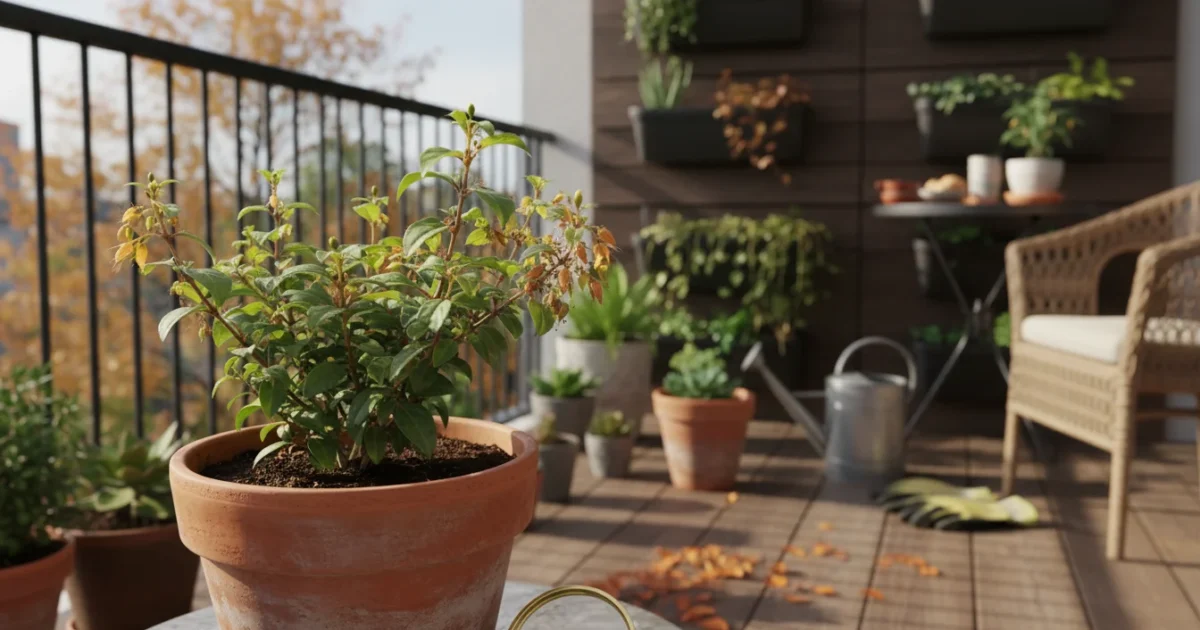
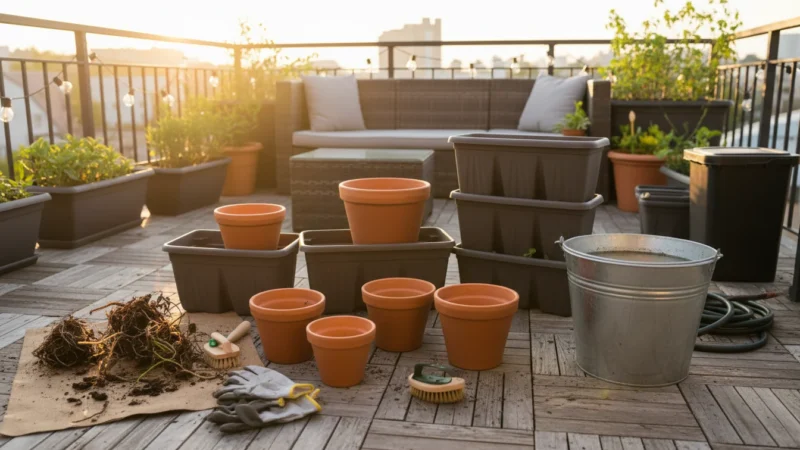

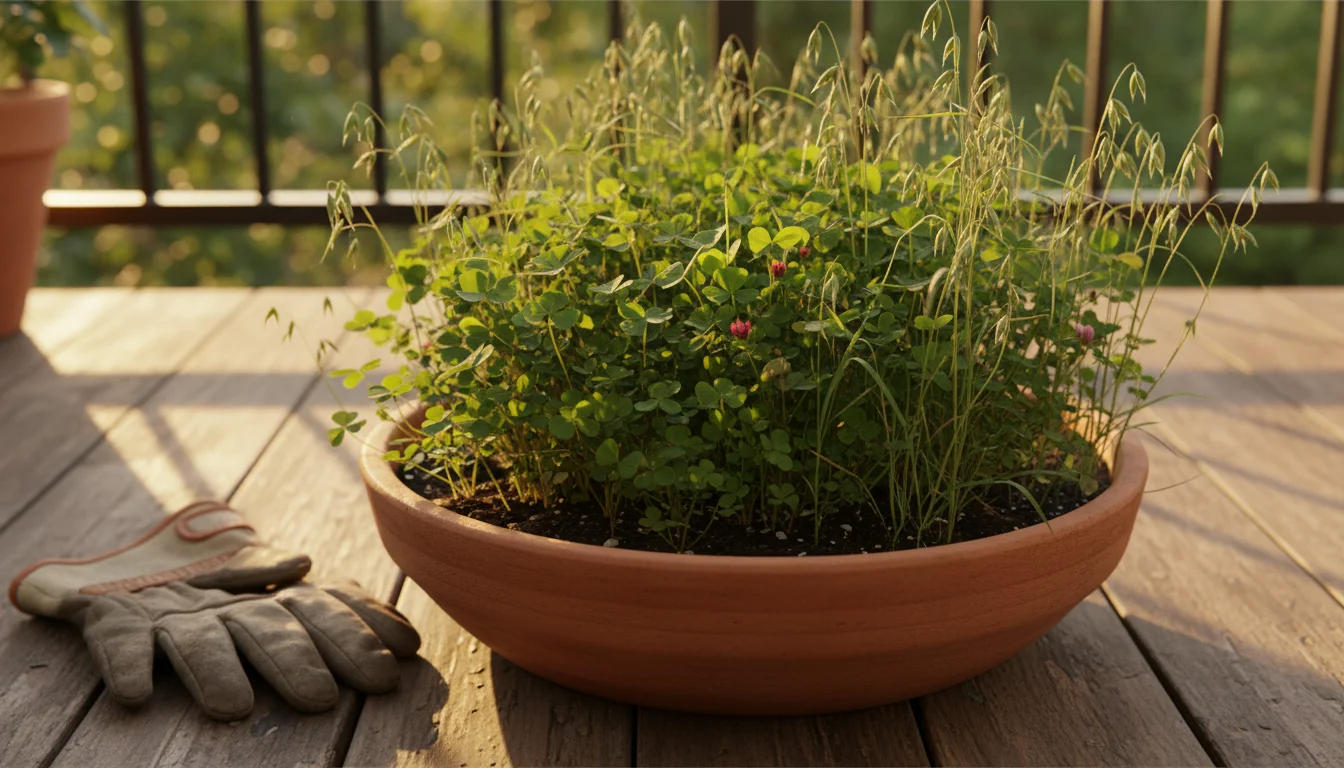

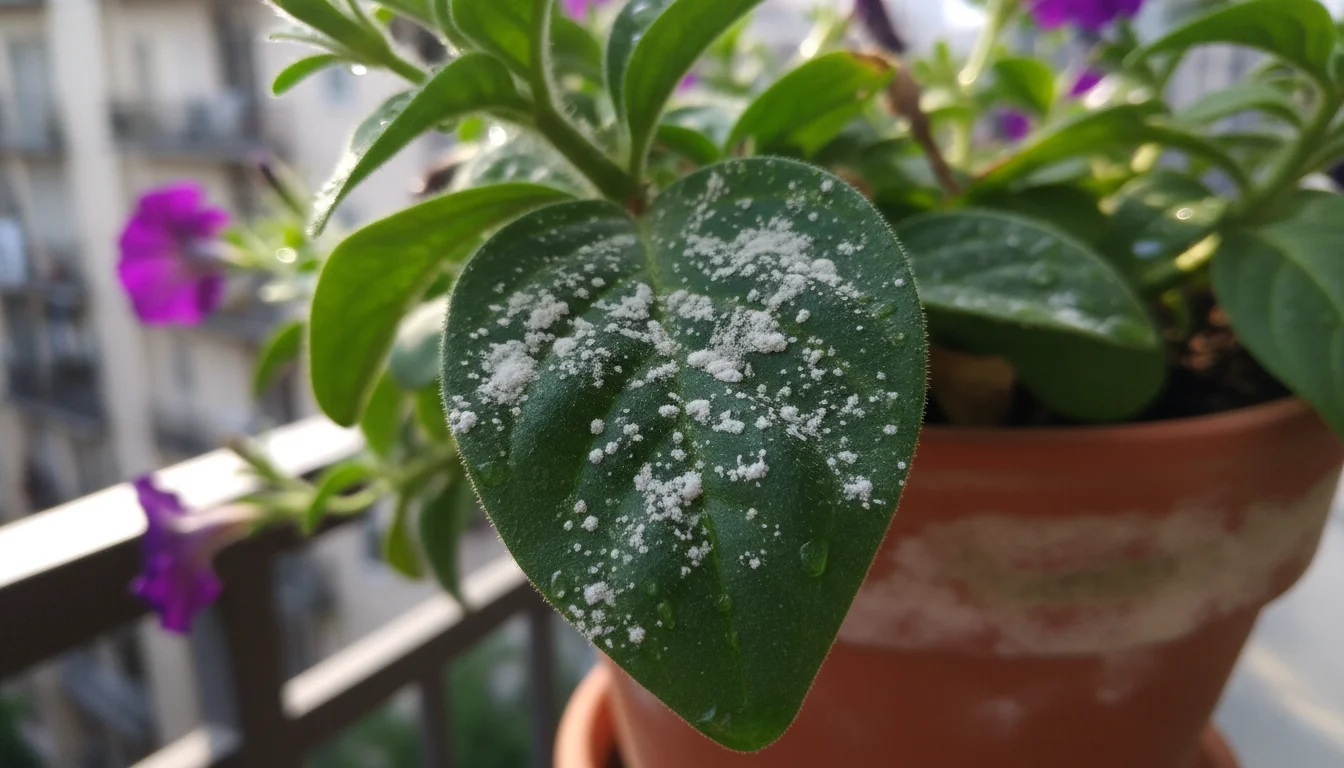




Leave a Reply